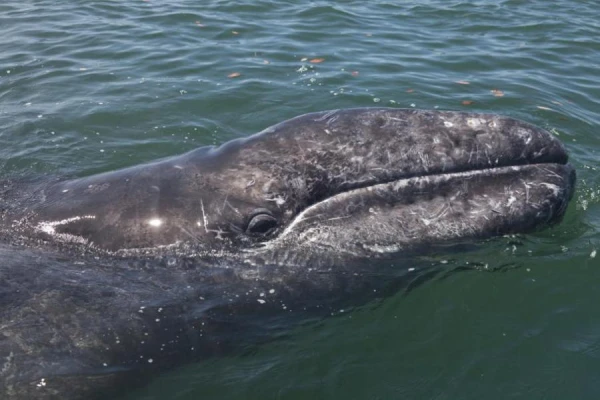
The ancestors of baleen whales increased in size due to the glacial period, adapting to new feeding conditions.
Biologists have long debated why whales became so large. According to one hypothesis, they became this way simply because they could: the aquatic environment supports weight and allows for easy movement, so a whale can easily find enough food, even if that food consists of tiny marine crustaceans.
According to another hypothesis, cetaceans increased in size due to the enormous predators that once inhabited the seas and oceans: to avoid falling prey to a giant ancient shark, one had to grow as large as possible.
We should also not forget that not all cetacean species have acquired giant sizes. In 2010, Graham Slater from the University of Chicago in Illinois suggested that during their evolutionary history, cetaceans became what they are quite early: around 30 million years ago, the ancestors of modern dolphins appeared, which were, like their modern descendants, relatively small, the ancestors of "medium-sized" carnivorous toothed whales, and the ancestors of baleen whales, which fed on plankton and quickly reached quite impressive sizes.
However, now the same Graham Slater and his colleagues, Jeremy Goldbogen from Stanford and Nicholas Pyenson from the National Museum of Natural History, write in Proceedings of the Royal Society B that things were not quite so. A few years ago, it was discovered that the body mass of cetaceans correlates well with the size of the zygomatic bone.
By comparing the skulls of several dozen extinct and modern species, the researchers concluded that, having split into several groups, whales initially did not grow very actively, and for quite a long time even the largest species did not exceed 10 meters in length. Only about 4.5 million years ago did a leap occur, and baleen whales sharply increased in size. So what happened then? The authors of the study believe that it was all due to the glacial period at that time: advancing glaciers regularly melted and carried many nutrients into the ocean, which served as food for small crustaceans and other small animals.
Baleen whales, as we mentioned above, obtain food by filtering various small animals from the water. It is very important to have a large mouth: the bigger it is, the more efficiently you will filter food for yourself. In other words, when feeding on plankton, it is better to be large than small. At the same time, plankton is distributed unevenly across the ocean – there are zones, peculiar plankton "fields," where it is abundant, and moreover, due to climate issues, there were times of year when it was plentiful and times when it was scarce.
Whales have to swim a lot from one "field" to another, and it is better to do this if you are again large in body. So it can be said that baleen whales became large because of food – plankton-eating species that had more modest sizes simply went extinct, unable to adapt to the new feeding regime.


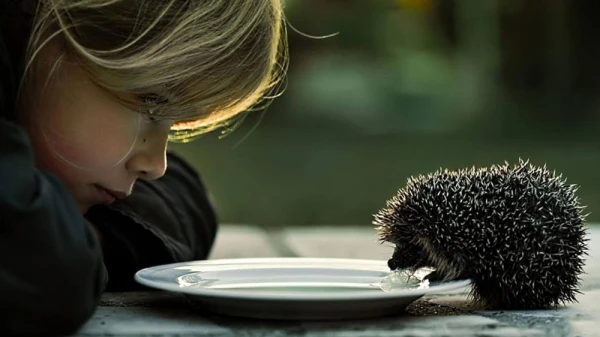


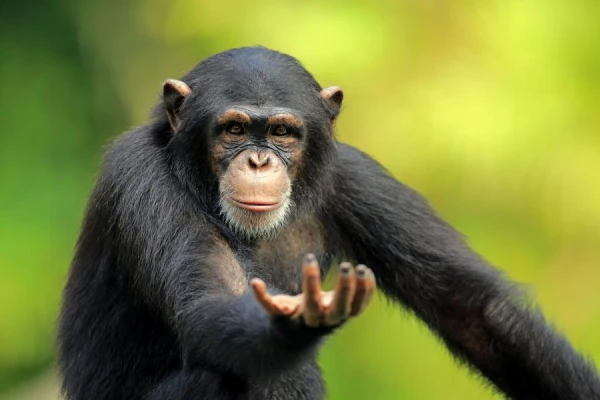
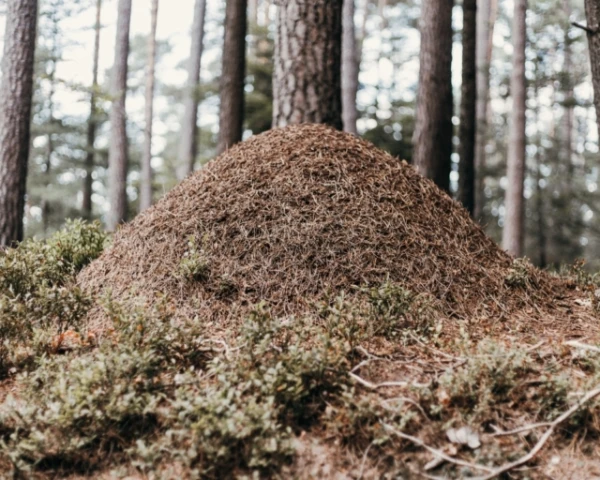
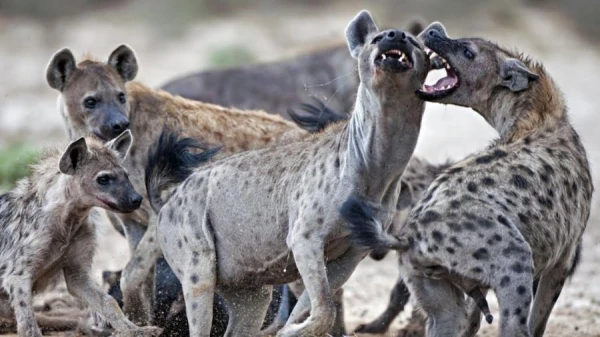







Leave a comment